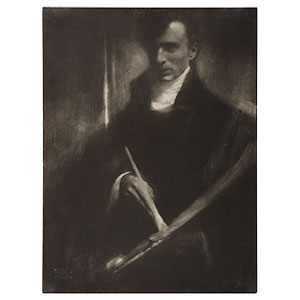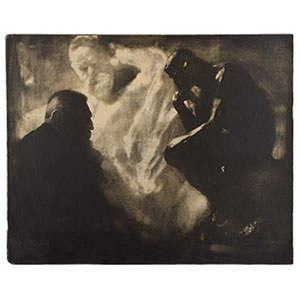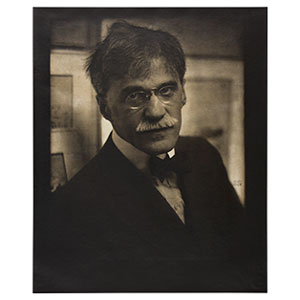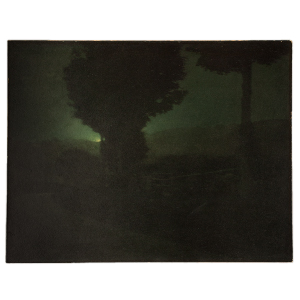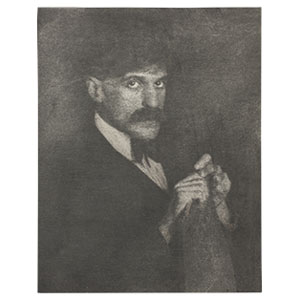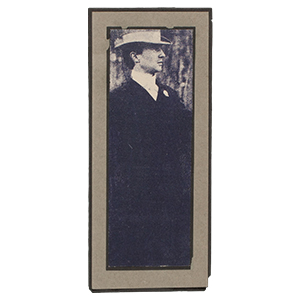Processes > Gum Bichromate Print
Gum Bichromate Print
1894–1930
Although employed largely by Pictorialist photographers between the 1890s and the 1930s, gum printing was invented in the 1850s. To make a print, practitioners brushed sensitized gum arabic mixed with pigment onto paper, then exposed the sheet to light through a negative in direct contact, hardening the gum. Washing in warm water removed unexposed portions while also softening the gum, allowing it to be manipulated; printing could be repeated multiple times with different pigments. The resulting prints are surprisingly painterly, an effect valued by the Pictorialists.
n


